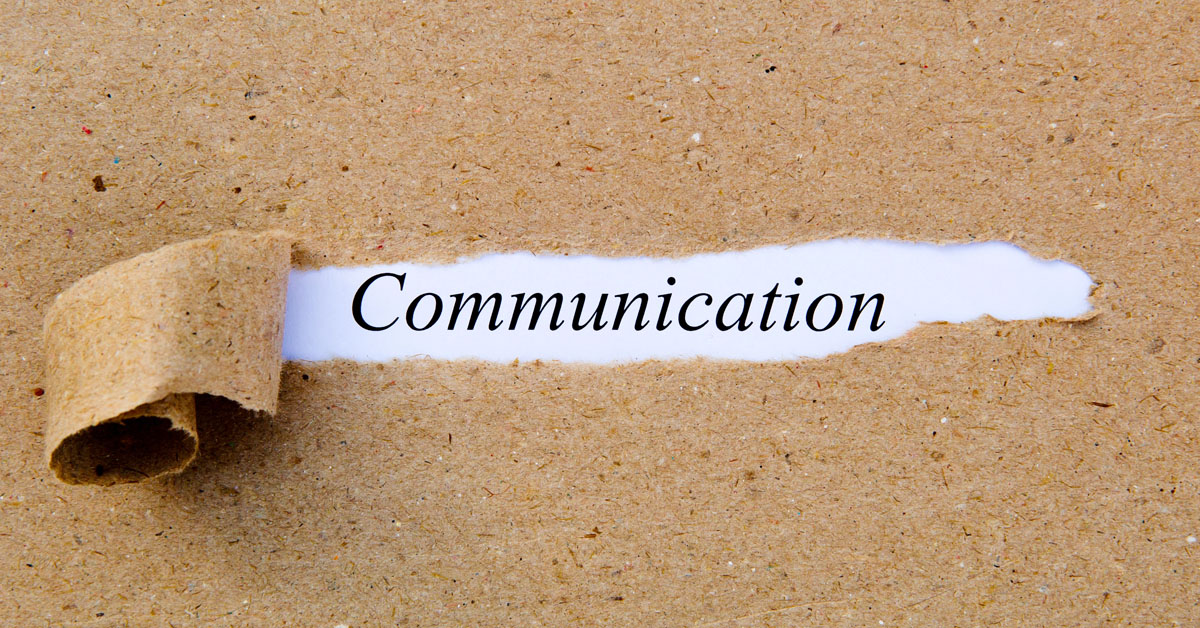
Apr 11 Executive Communication: Less Noise, More Impact
Think of your message like a high-powered spotlight or laser focusing exclusively and directly on what matters versus a floodlight dispersing everywhere and diluting visibility and impact. The most effective leaders communicate precisely and concisely, and I can show you how. That will ensure that whenever you speak, you illuminate key points to engage but never drown the audience in excessive information.
Every day, I observe highly positioned leaders who fall into the trap of over-explaining. Don’t make the career mistake of thinking more words equals more clarity. The reality is that when you say too much, people zone out and hear nothing at all.
Why Over-Communicating Undermines Leadership
Communication is essential to great leadership. However, overdoing it is the downfall of many potentially great leaders. I once worked with a brilliant Sales VP who struggled to deliver his message in critical meetings. In one executive review, he spent 20 minutes detailing sales figures, regional breakdowns, and individual rep performance. But he still had not answered the one question the CEO was waiting to hear: Are we on track to hit our revenue targets? Thank goodness I was in the back of the room observing him. That allowed me to provide him with unfiltered, honest feedback and support so he’d never again make that blunder.
When it comes to high level executive communication, successful leaders aren’t just heard—they’re understood. Share on XHere is what happens when leaders over-communicate:
- Your message gets lost. People tune out and forget the most important takeaway when there’s too much detail.
- You weaken your executive presence. Confidence isn’t about saying more − it’s about saying just enough. Rambling makes you seem unsure, unfocused, and unprepared.
- You fail to connect the dots. Just because you like data doesn’t mean your audience does. They only want you to consolidate it and point out exactly what it means to them. Tailor your message so they immediately grasp its relevance.
After coaching this VP, we condensed his talking points into a 3-sentence executive summary before diving into deeper details. The result? The CEO got what he needed within 30 seconds, and the VP was seen as sharp, strategic, and fully in control.
The Seven Principles of Powerful Communication
Through years of coaching executives on board meeting communications, investor presentations, and company-wide addresses, I’ve identified seven vital principles that ensure your message is heard, understood, and acted upon:
✔ Stay Succinct. Imagine you have a Twitter-length limit to make your point. If a single sentence conveys your message, don’t use a paragraph. Great communicators carve away fluff, leaving only the essence – like crafting a razor sharp arrow from a chunk of dull rock.
✔ Know Your Audience. If you’re presenting to the Board, stay at the 60,000-foot altitude view—strategic, concise, and focused on impact. If you’re speaking to frontline employees, your message must be tangible, clear, and relevant to their daily work. Every audience processes information differently, and every powerful speaker adjusts accordingly.
✔ Check for Understanding. Think of your message as a package you’re delivering. You want to make sure it actually arrives intact so you get a signed receipt from the receptionist. Ensure your message was received as intended by asking simple questions like “Did I answer your question?” or “What’s your takeaway from this?”
✔ Influence and Persuade. Every communication is an opportunity to drive action. Whether you are pitching an idea, gaining buy-in, or leading change, your words should inspire a response. Influence isn’t about convincing- it’s about connecting emotionally and logically to what matters most to your audience so they can convince themselves that you’re right.
✔ Engage, Don’t Overwhelm. Think of a great movie trailer−it doesn’t reveal everything; it only intrigues you to want more. If you provide enough information to spark curiosity, your audience will lean in and ask for more. That’s where real dialogue and influence begin.
✔ Frame Your Message with Purpose. Your audience is always subconsciously asking: Why should I care? Don’t just present information- position it for impact. Whether you’re speaking to investors, employees, or customers, connect the dots and frame your message around the benefits to them.
✔ Anticipate and Address Concerns. Communication doesn’t stop when you finish speaking−it continues in the minds of your audience. Strong communicators think ahead: What objections might they have? What’s the next logical question? Addressing these proactively makes you appear more credible, confident, insightful, and prepared.
Why This Matters
Leadership isn’t just about what you say but how well you say it. A cluttered message reveals a disorganized mind and disjointed thought process, weakening your impact, credibility, and executive presence. But sharp, intentional messaging builds trust, confidence, clarity, and influence.
When it comes to high-level executive communication, successful leaders aren’t just heard—they’re understood.






Sorry, the comment form is closed at this time.